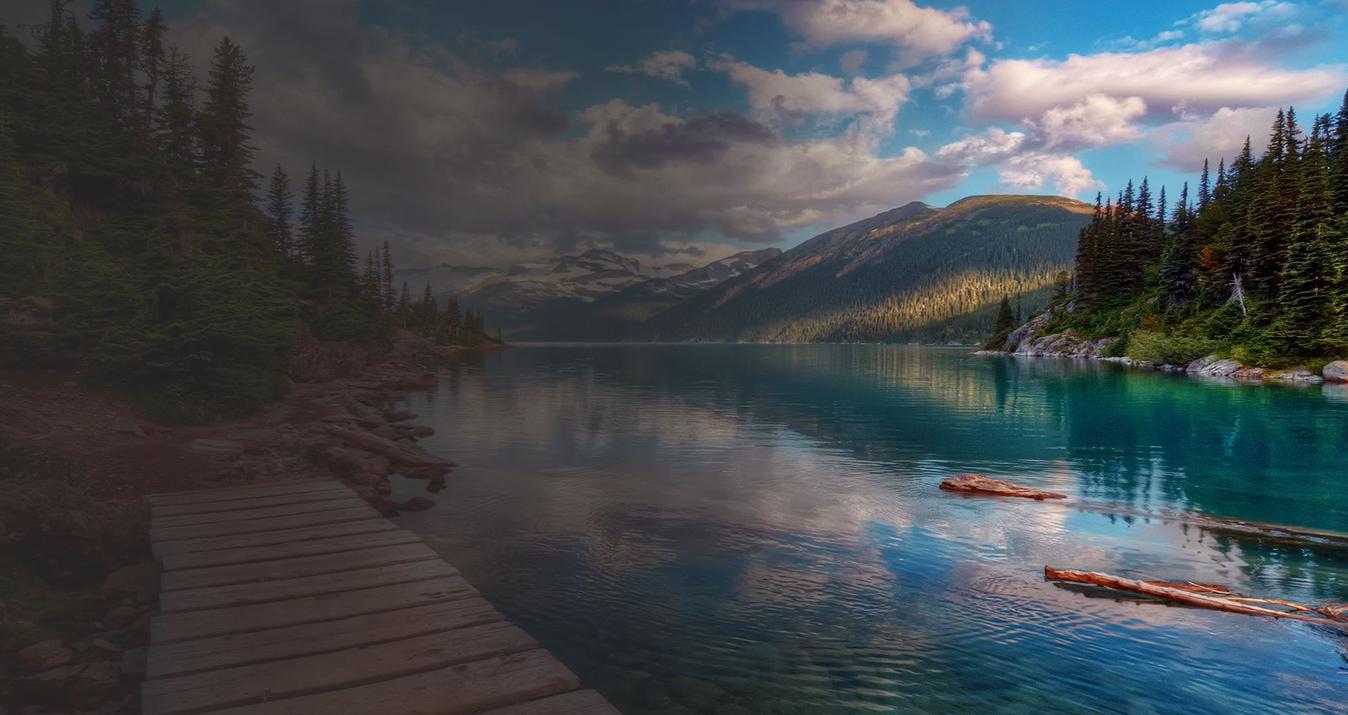Practical Tips for Capturing Stunning Fog Photography
May 22, 2024

Discover the secrets and techniques behind Atilla Schweizer's mesmerizing images taken in misty conditions.
Hazy landscapes have a captivating allure, evoking powerful emotions and creating a sense of mystery and drama. If you're eager to capture the enchanting beauty of fog in your photographs, read on for the most practical tips you need to get started.
Atilla Schweizer is a passionate landscape photographer who is renowned for his mesmerizing fog photography. His signature style often incorporates elements of minimalism, moodiness, and softness.
Read his tips below to learn the secret behind his unique vision.
6 tips from Atilla to elevate your fog photography:
1. Chase the Right Weather Conditions
Fog is a transient phenomenon, often fleeting and unpredictable. While it may seem daunting to plan a fog photoshoot, understanding the atmospheric conditions conducive to fog formation can significantly increase your chances of success.
In addition to monitoring humidity levels and temperature changes, consider the geographical features of your location. Bodies of water, valleys, and forests are prime spots for fog to develop, creating atmospheric backdrops ripe for exploration.
Furthermore, don't underestimate the beauty of fog in urban environments. Cityscapes shrouded in mist can yield striking juxtapositions between architectural structures and natural elements, offering a unique perspective on urban landscapes.
To capture foggy scenes, timing is everything. Atilla recommends seeking out “cool, crisp mornings or evenings,” when fog is most likely to blanket the landscape. Keep an eye on weather patterns indicating fog formation, such as high humidity and clear skies at night followed by temperature drops in the early morning.
2. Get the Right Gear
Atilla recommends using a DSLR or mirrorless camera with manual controls for weather adaptability. His top pick is Nikon's D850 or Z7 paired with the NIKKOR Z 24-70mm f/2.8 for crisp shots. Wide-angle lenses capture vast landscapes while telephoto lenses isolate details. Play around with different focal lengths to capture varying imagery, from expansive vistas to intimate details obscured by mist.
He also advises using a sturdy tripod to ensure sharpness, especially during longer exposures. Use various lenses and filters to achieve desired effects, and fine-tune settings such as aperture, ISO, and exposure time to suit the lighting conditions.
Shooting in RAW preserves image data for post-processing flexibility, crucial in capturing fog's subtle nuances. When choosing filters, take into consideration that polarizing filters enhance contrast, whereas neutral density filters control light for extended exposures.
Moreover, don't be afraid to embrace imperfections. Lens flares, diffused light, and subtle vignetting can enhance the dreamlike quality of your images, imbuing them with a sense of otherworldly allure.
Advanced yet easy-to-use photo editor
Get Luminar Neo Now3. Harness the Power of Color Theory
Building upon the foundation of color theory, explore the emotional resonance of different color palettes. While muted tones may inspire feelings of serenity and introspection, bold pops of color can inject vibrancy and energy into an otherwise gray scene.
"I learned color theory working as a printing technologist," Attila says. "I had to follow and observe many rules and contexts regarding colors. With the gained knowledge, I now enjoy the freedom to work without too many limitations in photography to achieve innovative and unique results."
Experiment with post-processing techniques to manipulate hues and saturation levels, striking a delicate balance between realism and artistic interpretation. Additionally, consider the role of monochrome photography in capturing the timeless beauty of fog-laden landscapes. Black and white imagery accentuates contrast and texture, highlighting the interplay of light and shadow amidst the atmospheric haze.
4. Strive for Balanced Colors
Pay close attention to the harmonious interaction between warm and cool tones in your pictures. While the golden hour may cast a warm, amber glow over the landscape, the blue hour offers a serene palette of indigo and violet hues.
Play around with the settings to capture the subtle nuances of color temperature, ensuring fidelity to the natural ambiance of the scene. Moreover, don't overlook the potential for creative color grading in post-processing. From vintage-inspired sepia tones to moody cinematic edits, explore different color schemes to evoke specific emotions.
5. Mastering White Balance for Clarity
White balance serves as a cornerstone of clarity and coherence in fog photography. By calibrating your camera's settings to match the ambient lighting conditions, you can ensure accurate color reproduction and tonal fidelity in your images.
Atilla's meticulous approach to white balance calibration, informed by reference points like snow or neutral gray objects, provides a reliable method for achieving consistent results across varying environments. His preferred technique is to “saturate the colors of the image to 50-100% and then do the white balance,” before desaturating the picture again.
Experiment with subtle shifts in temperature and tint to imbue your photos with a distinct aesthetic signature, elevating them beyond mere documentation to truly emotive works of artistic expression.
6. Give Your Eyes a Break
The creative process is not merely a technical endeavor but a deeply personal and introspective journey. Atilla's advice is to rest your eyes and revisit your work with a fresh perspective. Take time to immerse yourself in nature, allowing the sights, sounds, and sensations of the foggy landscape to inspire and rejuvenate your creative spirit.
"I let the image rest and check the result again on different screens," Attila says. "It also helps me to process the same image independently on other days and compare the photos on a third day with a fresh look."






